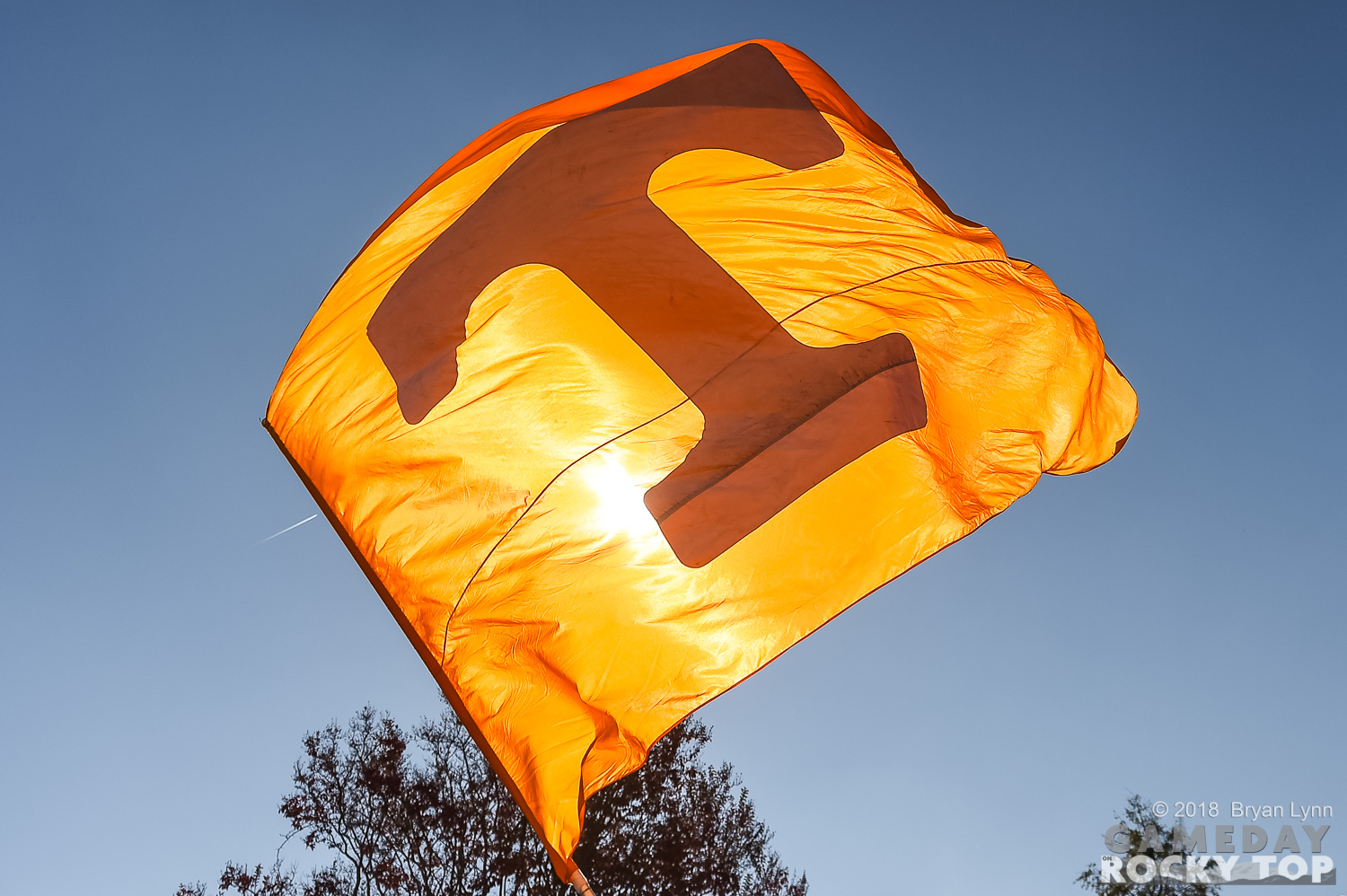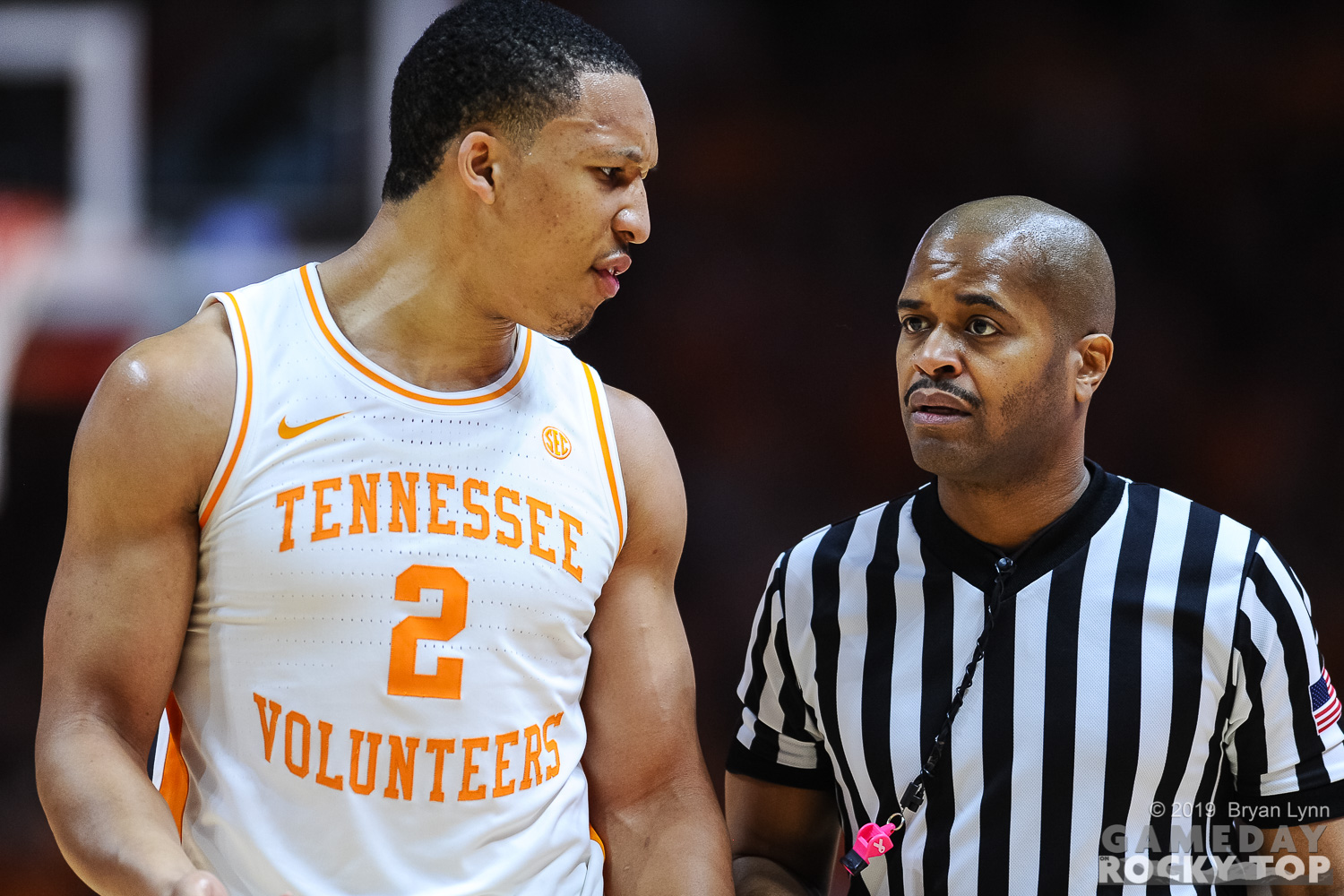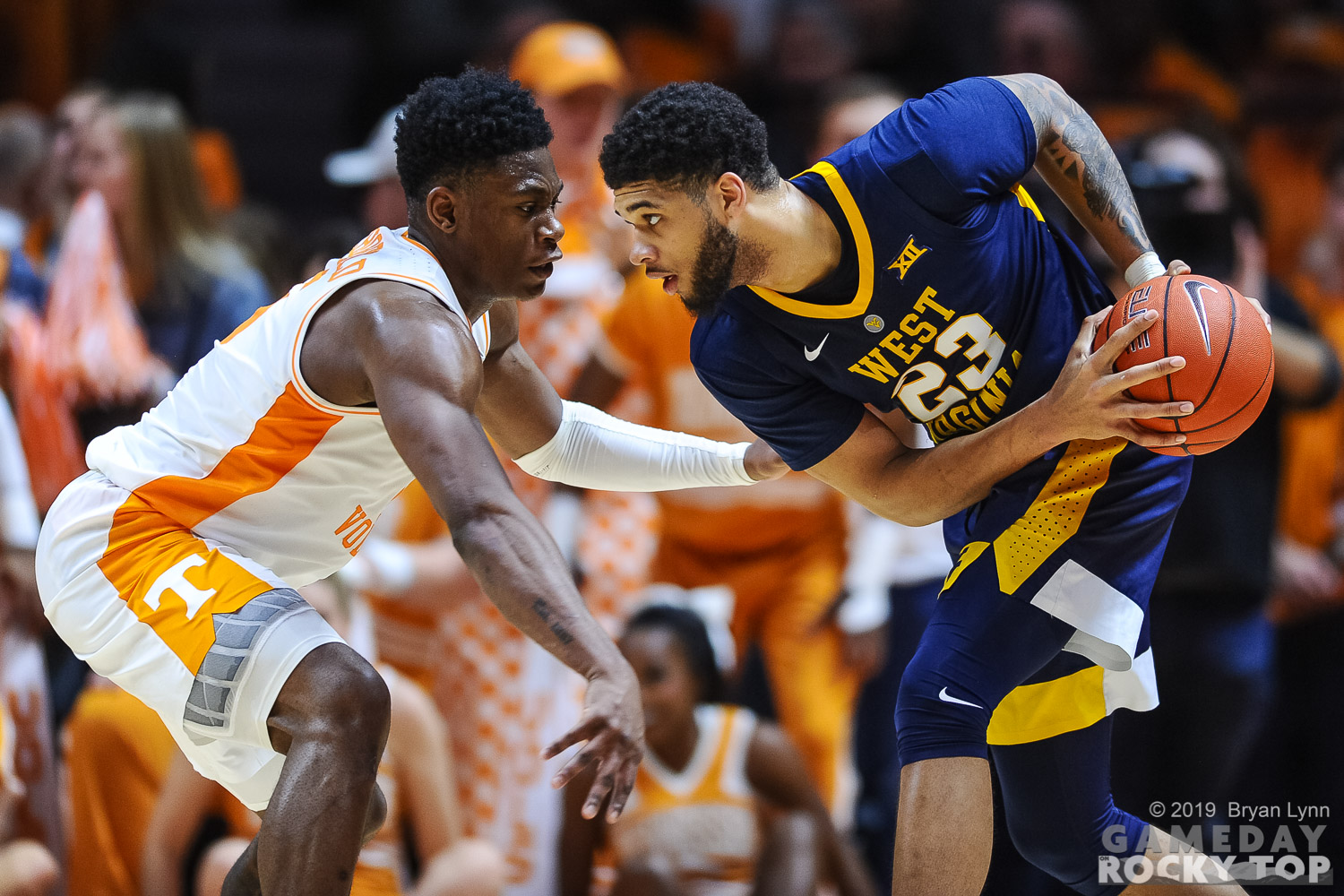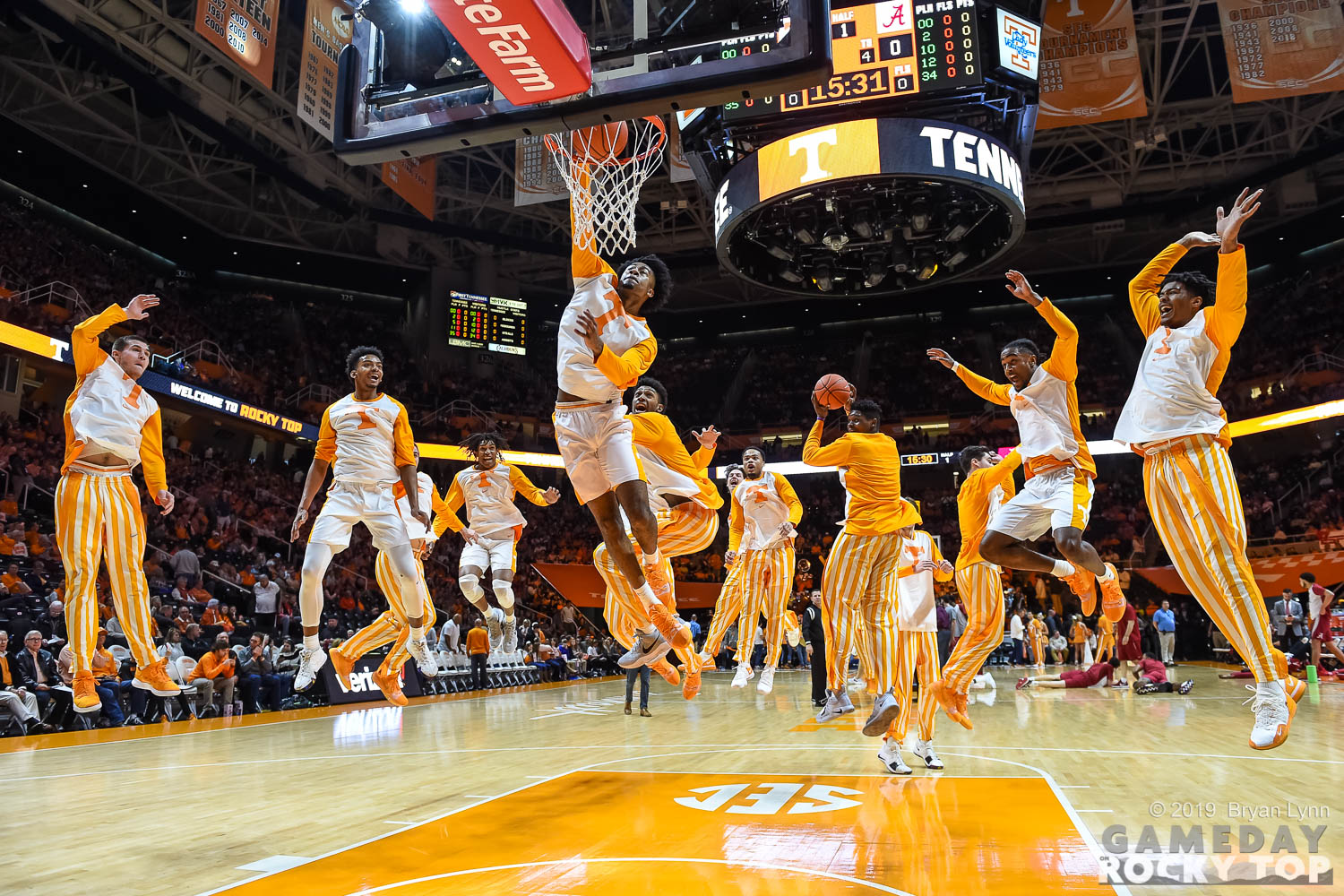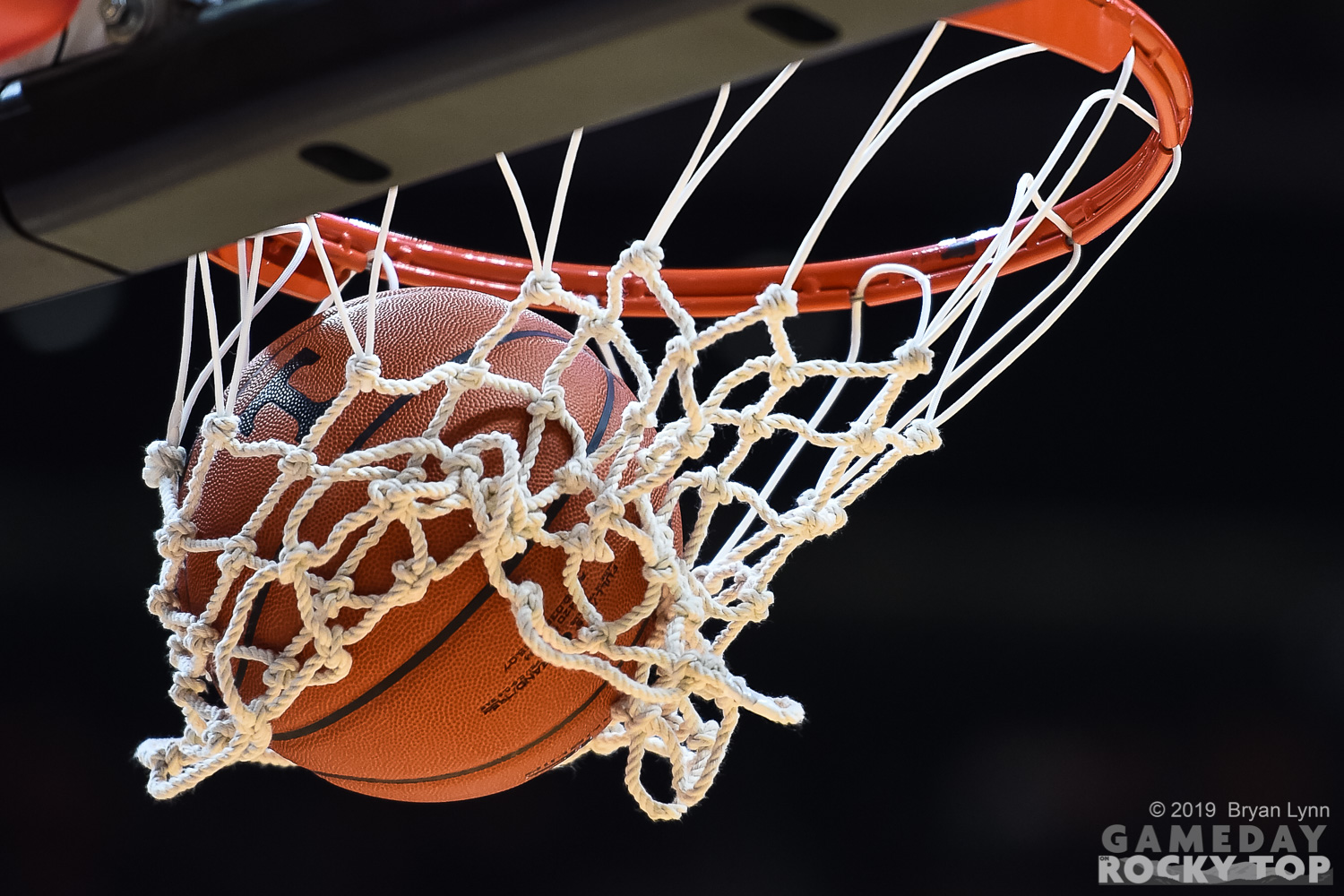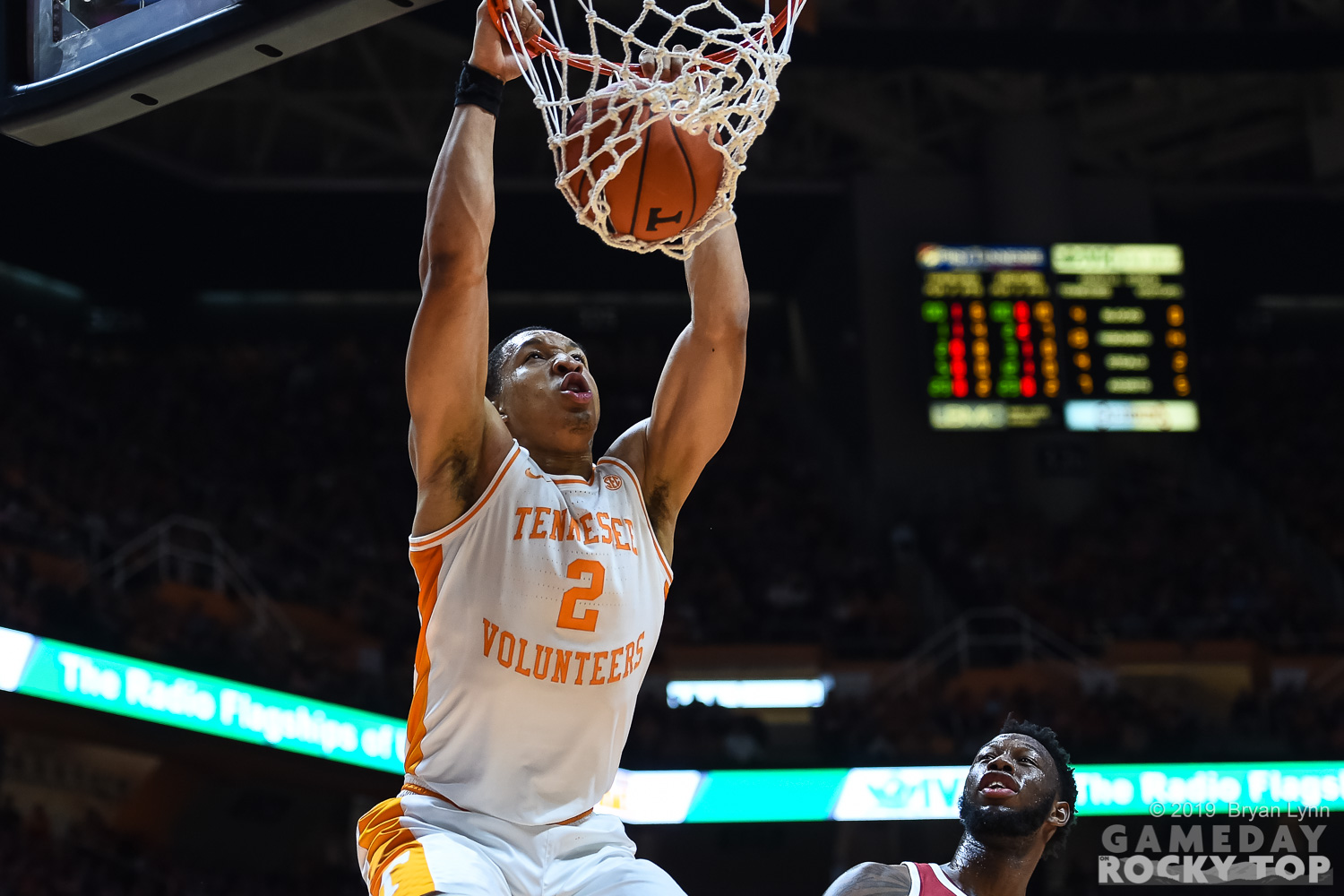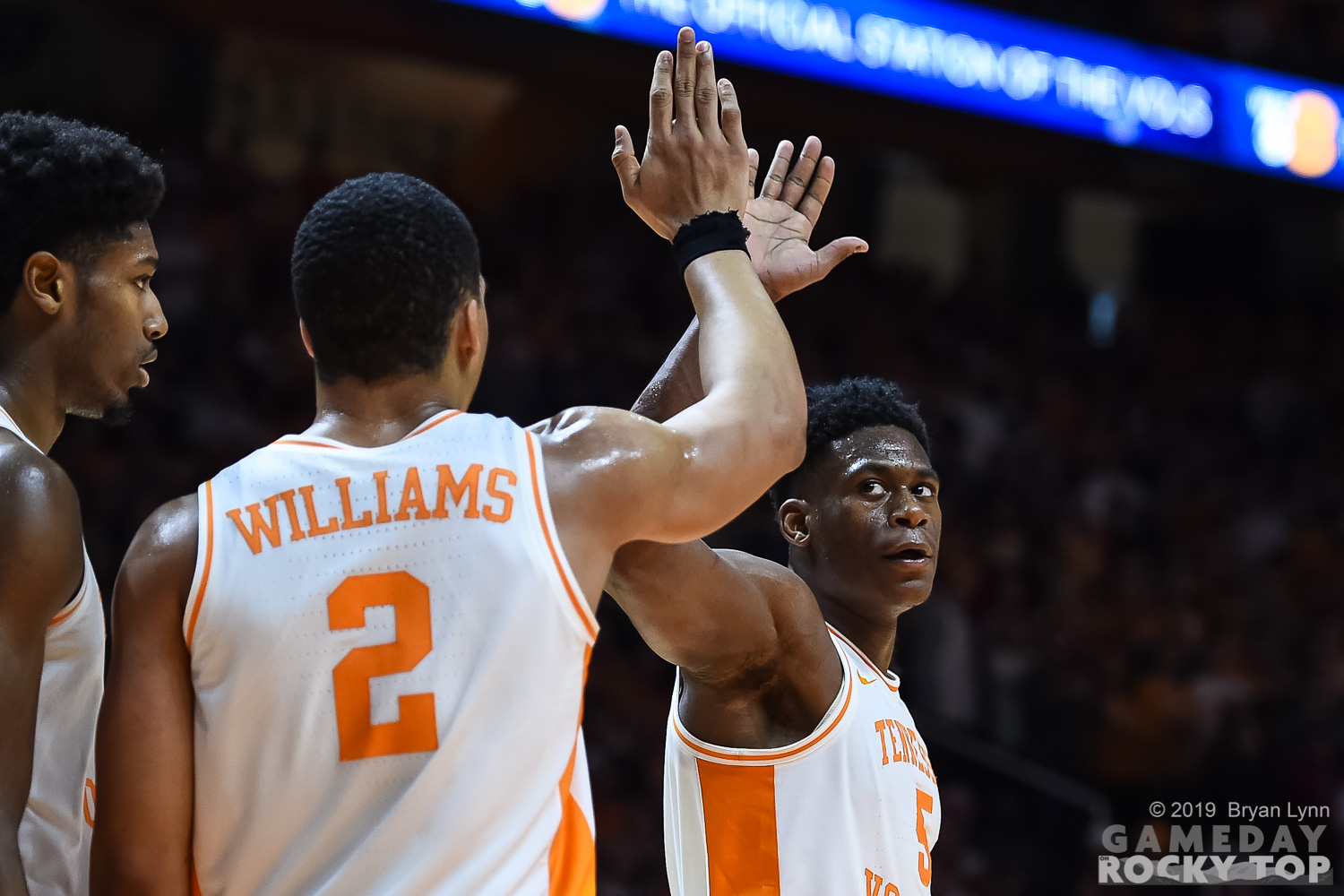We’re less attuned to it at number one, but teams hovering around the top five taking a loss continues to be a big deal. We’re focused on staying atop the AP poll right now, but the real chase is for the four number one seeds (and, if Tennessee continues to play well, the hunt for the number one overall seed and the Columbia/Louisville road to the Final Four). This weekend it was #6 Michigan State, dropped by 10 at Purdue.
This is oversimplification and using too much football logic for basketball, but until everyone has at least four losses or so, it’s helpful to look at things this way:
- One-Loss Teams: Tennessee, Virginia, Michigan (plus Nevada and Houston)
- Two-Loss Teams: Duke, Gonzaga (plus Buffalo)
- Three-Loss Teams: Michigan State, Virginia Tech, Kentucky, LSU, Cincinnati, Marquette (plus five mid-majors)
Here are the number one seeds from the last three years:
| Year | Team | Losses |
| 2018 | Virginia | 2 |
| 2018 | Villanova | 4 |
| 2018 | Kansas | 7 |
| 2018 | Xavier | 5 |
| 2017 | Villanova | 3 |
| 2017 | Kansas | 4 |
| 2017 | North Carolina | 7 |
| 2017 | Gonzaga | 1 |
| 2016 | Kansas | 4 |
| 2016 | North Carolina | 6 |
| 2016 | Virginia | 7 |
| 2016 | Oregon | 6 |
The average one seed in the last three years has 4.67 losses, an even five if you remove Gonzaga from the equation. 2016 and beyond is a good measure, because it includes all the major conference expansion, and keeps an anomaly from 2015 out of the equation, when all four one seeds had nine total losses. Remember, these numbers include conference tournaments, when most teams will take an additional loss.
As we turn toward February, six teams continue to separate themselves from the pack: Duke, Gonzaga, Michigan, Michigan State, Tennessee, and Virginia. There’s some distance between these six (and Virginia and everyone else) in KenPom. They’re the top six teams in the polls and the Bracket Matrix. Three blue bloods – Kansas, Kentucky, and North Carolina – could still get hot and make their way onto the one line, but are a step behind for now. Kentucky has the best chance there, with only three losses to four for Kansas and UNC, head-to-head wins over both, and two shots at the number one team in the nation. But KenPom still currently projects all of the top six to go to their conference tournaments with between three and five losses.
Long way to go, and the Vols can only handle the business in front of them. Tennessee doesn’t need any help to climb the polls, but any time a team like Michigan State loses, it helps them on Selection Sunday.
Hopefully not the last time we’re in Columbia
When league play began, Tennessee’s schedule looked solid: you always know what you’re getting into with Kentucky, the Gators were back in a home-and-home, and Vanderbilt & Missouri were on the bubble. South Carolina looked like an obvious rebuild, and maybe the worst team in the conference.
Instead, Vanderbilt and South Carolina have switched places: the Commodores have lost seven in a row, and the Gamecocks are 5-1 in league play.
These guys are battle tested, having faced Michigan and Virginia (back-to-back!) in the non-conference. And they didn’t get to 5-1 in the SEC because of their schedule: the Gamecocks have beaten Florida, Mississippi State, and Auburn.
What’s been the difference for South Carolina in January opposed to their 5-7 start in the non-conference? For one, opponents cooled off from the arc a little: after giving up 100-of-268 (37.3%) from three in non-conference play, the Gamecocks are allowing just 47-of-144 (32.6%) in league play. South Carolina has also been the victim of some really good performances at the free throw line (via Sports Reference):
- Stony Brook 19-of-23 (82.6%), Carolina lost by 2
- Providence 28-of-34 (82.4%), Carolina lost by 9
- LSU 32-of-35 (91.4%), Carolina lost by 22, but still, 32-of-35!
- Oklahoma State 23-of-29 (79.3%), Carolina lost by 4
As you can see, that’s a lot of free throw attempts. This may not be what you associate with a Frank Martin team, but South Carolina will get up and go: 26th in tempo overall, and fastest in the SEC in average offensive possession length. As a result, they foul a lot and get fouled a lot.
Tennessee put Lamonte Turner in the starting lineup against West Virginia; he clearly liked it with a sizzling 8-of-10 from the field and 23 points in 33 minutes. Yves Pons scaled back to only 10 minutes. So right now Tennessee is giving six players 25-32 minutes, basically playing a primary lineup with Kyle Alexander and the three guard crunch-time lineup from last year. I haven’t seen the Vols look fatigued yet, which is something worth keeping an eye on. If you’re in good enough shape for a glorified six-man rotation, the biggest problem obviously becomes foul trouble. And that we’ve seen plenty of this season.
Any given game could come down to what the Vols get from Yves Pons and John Fulkerson in extended minutes if someone else is in foul trouble. That may seem like a minor thing to worry about now, but it becomes a big worry if it happens in the tournament. In our own history, we’ve seen Tennessee on the other side of beating an elite team playing a short bench: the Vols don’t have anyone as talented as Evan Turner, but Tennessee beat that Ohio State team by getting more from their 10-man rotation than Ohio State got from its glorified six. In an up-tempo game with a Gamecock team prone to foul and get fouled, we might get another look at how the Vols function when one or more of those top six have to stay off the floor for longer periods of time. File it away.
South Carolina, of course, is a lot of Chris Silva – 13.1 points and 6.9 rebounds in only 24.7 minutes, because he too can’t stay out of foul trouble – but freshman A.J. Lawson is giving them quite a bit as well with 13.2 points. As a freshman playing fast, his shot selection is sometimes an issue (averaging more than five threes a game despite shooting 29.9% from the arc). But we’ve already seen Tennessee catch a cold-shooting team on a hot night.
Despite the 5-1 start, South Carolina is a very long way from the bubble if the NET ratings work at all the same way as RPI. The Gamecocks are currently 111th in NET. Best way to climb the ladder, of course, is beat the number one team in the country. As we enter week two atop the polls, the Vols should have a better idea of what kind of energy and performance they’ll get from every opponent, especially on the road. This team should be playing with more confidence than Vanderbilt and West Virginia as well. KenPom likes the Vols by a dozen, but the Vegas line is only -8.5.
Earlier start tonight: 6:30 PM on the SEC Network. Go Vols.

